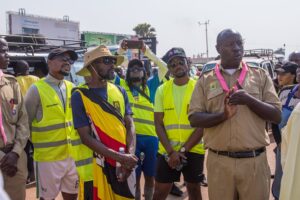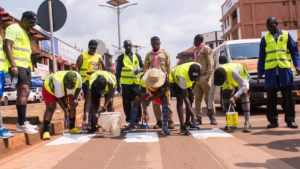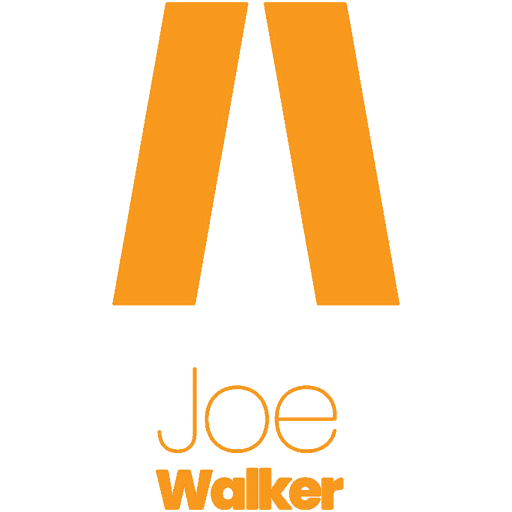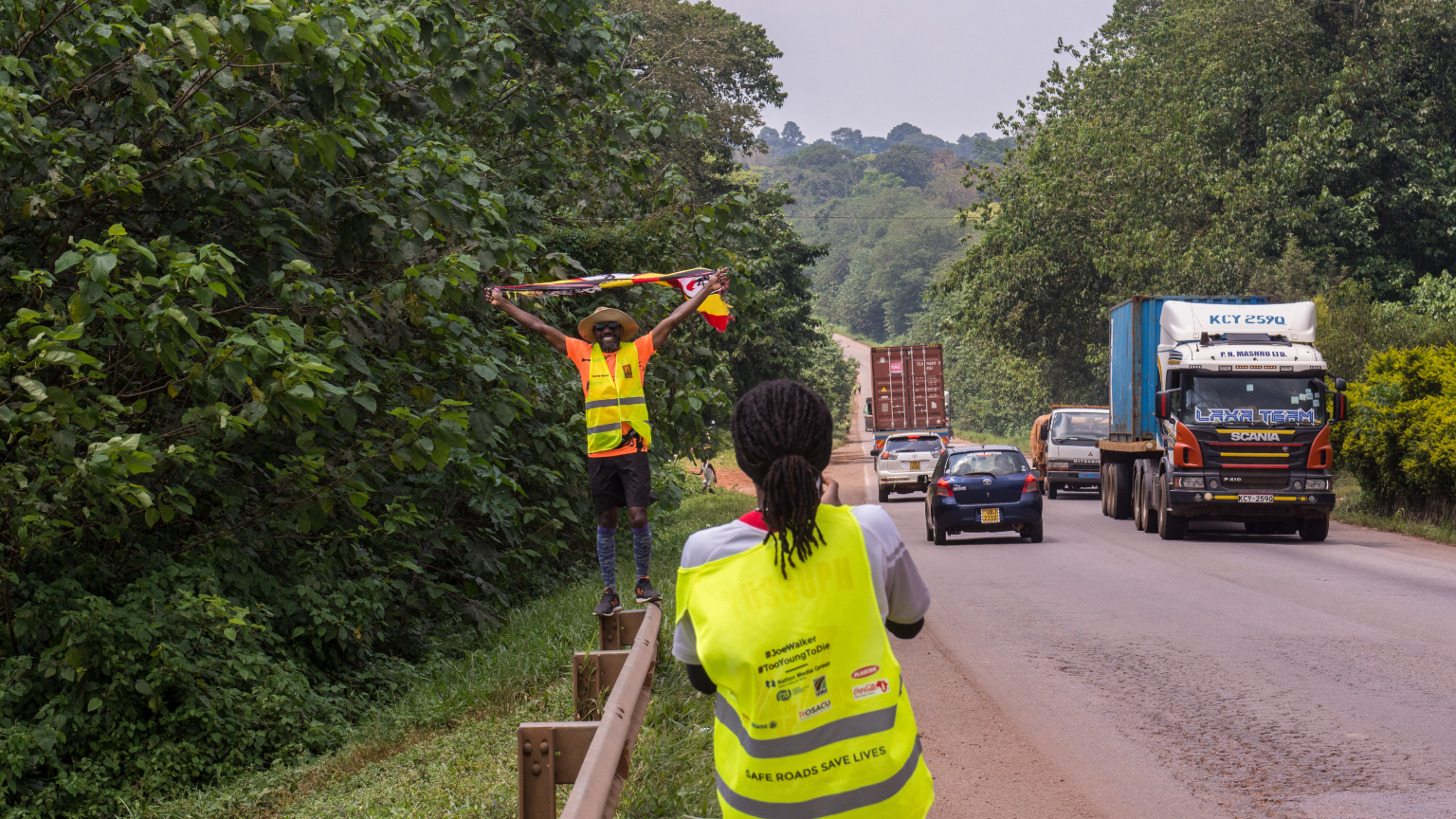
Day Three: The changing face of the highway and what needs to be done
Moments before we entered Jinja on Day Two, I knew the stage was set for conversations. As we popped out of Lugazi sugar plantations, motorists who had been following our trek on radio started making brief stops to engage more on the issues, others to express their appreciation, and others to grab a selfie. At Njeru town we were welcomed by the team from Tugende and then a contingent from Jinja Boy Scouts Association. When we woke up on Wednesday, the same team from the Boy Scouts was waiting for us, ready to lead us to Jinja Senior Secondary School. At the school, we found the students waiting for us at the assembly.

At Njeru town we were welcomed by the team from Tugende and then a contingent from Jinja Boy Scouts Association.
After a brief introduction, we started talking to them about the basics of road safety. Some of them were aware of their responsibility on the road while others had no idea. What we found common, just as with the motorists, is that the students seemed to get a thrill from high speed such as reckless riding when on boda bodas. Others said the responsibility lay with the rider and not with them. By the time we were done talking and reading a few excerpts from the Highway Code however, they were now more informed and seemed ready to do their bit to ensure safety on the road, both as passengers and pedestrians.

At the school, we found the students waiting for us at the assembly.
We then left the school and crossed the city, down to the taxi park for an engagement with the taxi drivers. They seemed disillusioned and uninterested in what we had to say. Nevertheless they came and we talked. Top on the list of their challenges on the road is the disbandment of the old leadership and structure of their taxi operators association. This, they say, has brought wrong elements in the sector who are not qualified, who listen to no authority, and whose origins cannot be traced. They also complained of people who are driving taxis but who do not qualify to do so. The bad road is also one of the problems they face as it has potholes and no signage especially near populated areas.
They decried the quality of the spare parts on the market saying they are not good, and put everyone in the taxi in danger; they wondered who was in charge of managing the standards. Another complaint they had was that of the drones who follow no rules, drive recklessly, speed all the time, load passengers on the street instead of the taxi pack and generally give them a bad name. They also wondered who does vehicle inspections because very old taxis, many not fit to provide transport services, are on the road. It was a revealing conversation.
Thereafter, we participated in painting a zebra crossing on Main Street. At around 11.30am we started on our journey to Iganga. Just before Magamaga town where we took our break, I had a chat with an old man, a tailor. He said the bigger problem is that the roads are narrow.

We participated in painting a zebra crossing on Main Street.
“Are they narrower than what they were in the 90s, 80s, or 70s?” I asked him.
“I am not sure if they are narrower or the cars are bigger. But they certainly seem narrower,” he said, adding that something needs to be done about that.
We were running out of time and needed to get to our next destination before dusk. We walked fast and had brief chats with the school children walking back home. Along the way we met a retired civil servant who is now a farmer and he seemed to echo what the taxi drivers had said about many unqualified people on the roads which he thinks are a major reason for the challenges we face. He also talked about the road infrastructure not being designed to include all road users such as motorcycle riders, pedestrians, and big cars. It was also once a highway with hardly any towns along it but this has changed and yet the design has remained the same. This, he says, needs to be rethought.
We could have engaged with more people including the traffic officers and others making their way home, but it was getting late and we still had 10km to get to Iganga town. We dragged our heavy legs and made it to the town at 8.30pm. That marked the end of the journey on Day Three making us look forward to Day Four where we would make our way to Tirinyi Road.





